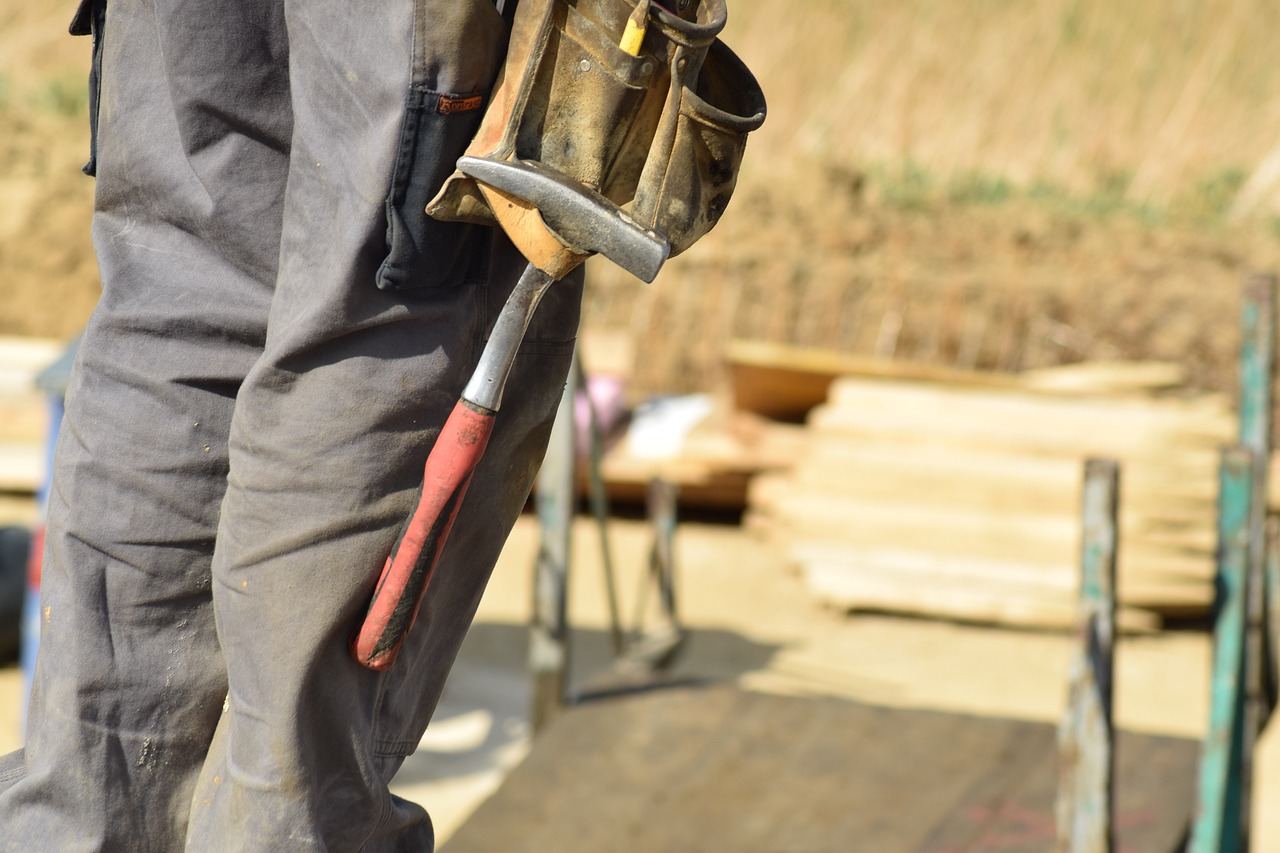The Skilled Labor Shortage
Appraised Value vs. Market Value
When thinking about home value, most of us jump to our estimate for a home’s market value, but a property’s market value isn’t all that matters.
While market value is important to know because it represents what buyers are generally willing to pay, appraised value is important as well because it’s what lenders use to approve or decline home loans.
Appraised values and market values not only differ in how they’re used, they also differ in what goes into them. Before we dive into the detailed differences, let’s first take a look at what appraised value and market value are.

What is appraised value?
Appraised value is a licensed appraiser’s unbiased, professional assessment of a home’s value.
Lenders order appraisals before approving a buyer’s loan to help them minimize the risk of lending. So, generally speaking, lenders will only lend up to the amount of the home appraisal value. If the appraisal is lower than the offer, the buyer and seller can use concessions to prevent the deal from falling through. In a less-desirable scenario though, the buyer could walk away from the sale altogether. This means you’ll have to put the home back on the market, which can significantly delay your time to closing.
When determining appraised value, an appraiser considers a variety of external and internal factors.
External factors include:
- Comparable listings
- Market trends
- Location
- Curb Appeal
Internal factors include:
- Square footage
- Number of bedrooms & bathrooms
- Code compliance
- Interior condition
Many appraisal factors — like location, comparable listings, and market trends — are outside of your control. But some factors, like the interior condition of the home, can be improved by working with Curbio on pre-listing home improvements.
What is market value?
A home’s market value is what buyers are willing to pay for a home — not what the seller lists the home for.
To determine market value, comparable listings (comps) are one of the most important factors. Market value is much more volatile than an appraisal and is adjusted for things like market conditions. This includes whether it’s a buyer’s or a seller’s market, the overall economy, and the popularity of the location. Home improvements are, hopefully, another way to increase the market value of a home.
It’s important to know a home’s market value so you can price a listing accordingly.

The difference between appraised value and market value
Appraised value is an objective assessment of a home’s value based on the findings of an appraiser. So, things like décor, buyer must-haves, and other personal preferences aren’t considered. Instead, the appraiser sticks to things that can’t be so easily changed, like size and location.
In contrast, a property’s market value is more subjective. It’s based on what the average buyer is willing to pay for a home at a specific point in time. Things like pre-listing home improvements, staging, and great photos not only boost a property’s digital curb appeal, but also help Realtors® and their sellers significantly raise a home’s market value.
While a significant difference between market and appraised values is uncommon, it can happen. As a real estate agent, it’s your job to weigh the factors that go into each to determine your pricing strategy.
Explaining home value and its complexities to sellers comes with the job of an agent, but the pricing conversation doesn’t have to be challenging.
Don’t go into a listing appointment with just one price based on the home’s market value or its potential appraisal. Instead, go in with a range and options based on the property’s current value and the property’s potential value.
By introducing a range of prices and selling options, you’ll show potential clients that you’re a versatile agent, able to cater your home sale process to their needs. Showing that you’re listening, you care about their home sale goals, and you’re able to provide options to help them achieve those goals will help you build relationships that will last well beyond the point of sale — paving the way for referrals and repeat clients in the future.
Learn more about how Curbio works.


